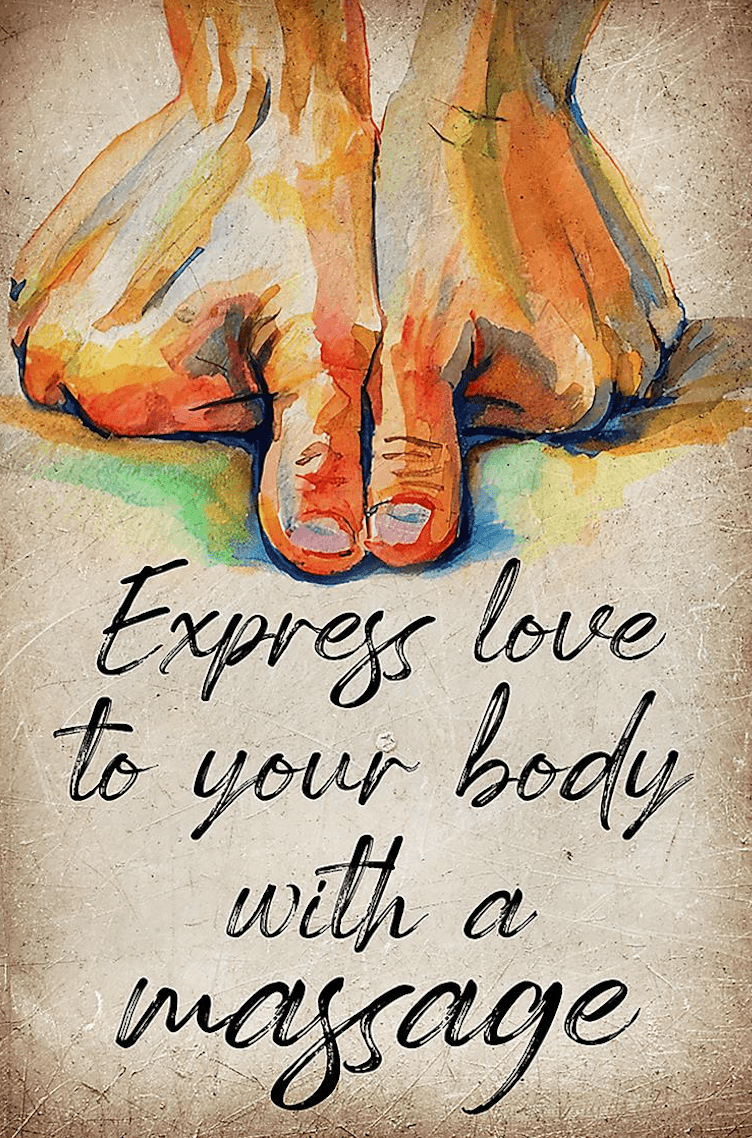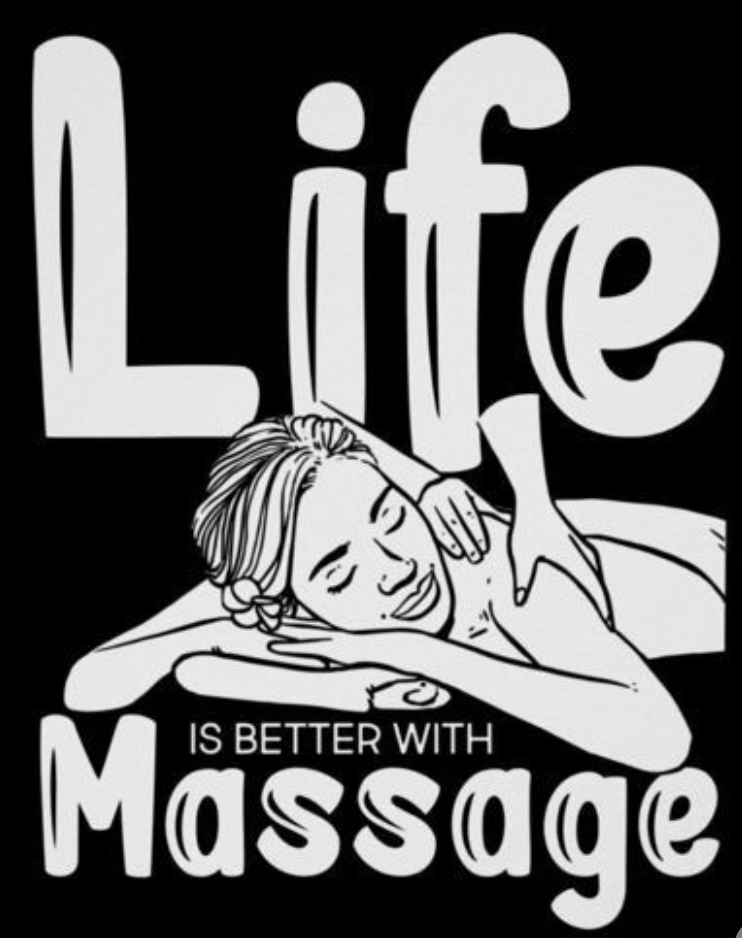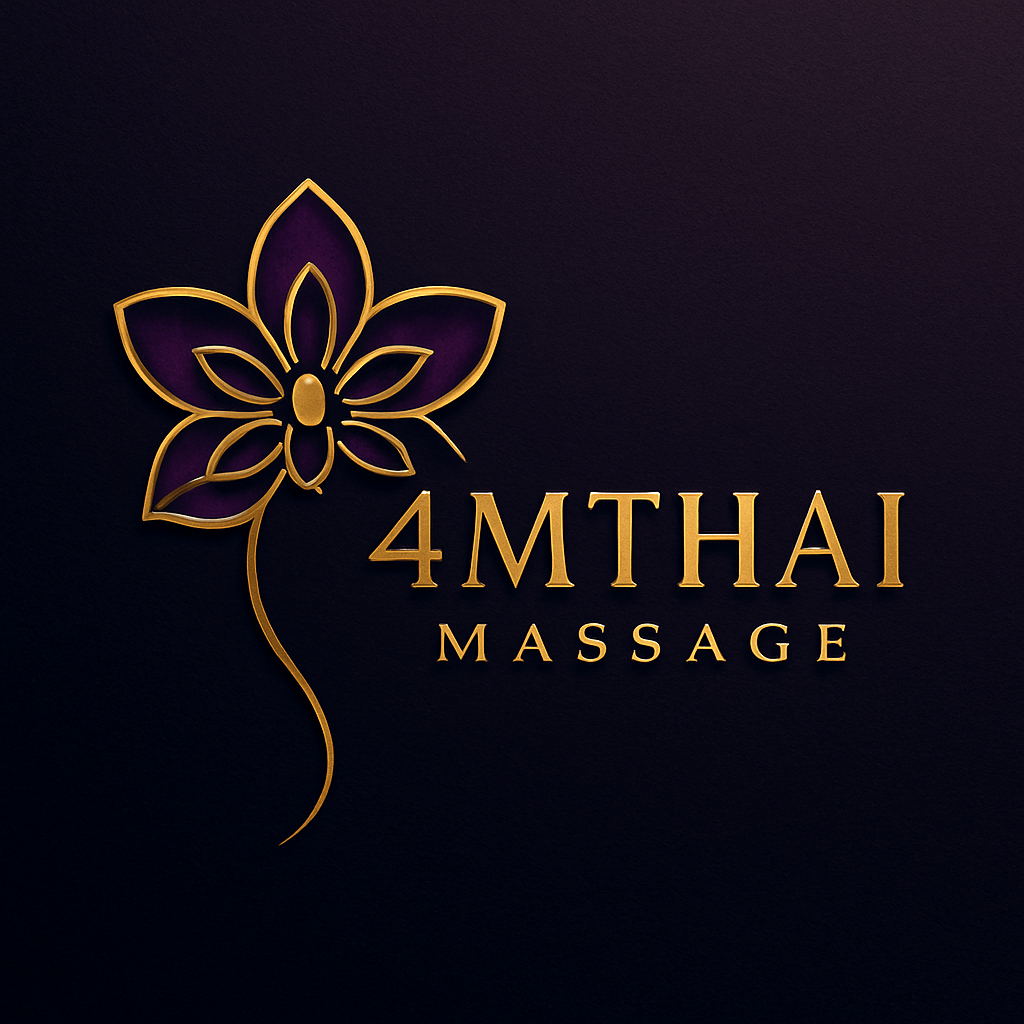Swedish Massage
We offer this style of massage here at 4MThaimassage: Book a session today.
It focuses on promoting relaxation, improving circulation, and relieving muscle tension through a series of gentle to moderate techniques applied to the body's soft tissues.
Developed in the early 19th century by Swedish physiologist Per Henrik Ling, it combines elements of anatomy, physiology, and gymnastics to energize the body and enhance overall well-being without causing pain or discomfort.
Key TechniquesSwedish massage typically involves five main strokes, performed in a specific sequence to warm up the muscles, work on tension, and then cool down:
Effleurage: Long, gliding strokes using the palms or fingertips to spread oil and relax the surface muscles, often starting and ending the session.
Petrissage: Kneading, rolling, or squeezing motions to lift and manipulate deeper muscle layers, similar to kneading dough.
Friction: Circular or cross-fiber rubbing to break down adhesions and improve blood flow.
Tapotement: Rhythmic tapping, hacking, or cupping with the hands to stimulate the tissues.
Vibration: Shaking or rocking movements to loosen tight areas.
These techniques are applied with varying pressure, but the overall approach is soothing and non-invasive, making it suitable for beginners or those seeking a relaxing experience rather than intense therapeutic work
BenefitsRegular Swedish massages can offer several health advantages, including:
Reduced stress and anxiety by lowering cortisol levels and promoting endorphin release.
Improved blood and lymph circulation, which aids in detoxification and nutrient delivery.
Relief from muscle soreness, stiffness, and minor aches.
Enhanced flexibility and range of motion.
Better sleep quality and overall mental clarity.
It's often recommended for general wellness, post-exercise recovery, or as an introduction to massage therapy.
What to Expect in a Session
A typical Swedish massage lasts 60 to 90 minutes and is performed on a massage table with the client undressed (draped modestly with sheets) and using lotion or oil for smooth strokes.
The therapist will ask about your health history, preferences, and any areas of concern. Sessions are customizable, and communication about pressure is encouraged. It's generally a full-body treatment but can focus on specific areas if needed.
Comparison to Other Massages
Unlike deep tissue massage, which uses firmer pressure to target chronic pain and knots in deeper muscle layers, Swedish massage prioritizes relaxation over intense relief and avoids discomfort.
2 sources
If you have specific medical conditions, consult a healthcare provider before booking, as it may not be ideal for everyone (e.g., those with acute injuries).


Our trained professional massage therapists use targeted techniques, such as deep tissue manipulation and soothing Swedish strokes, to release muscle tension and promote deep relaxation, allowing your body and mind to unwind effortlessly. By addressing knots, improving circulation, and reducing inflammation, they effectively alleviate physical pain and chronic stress, leaving you rejuvenated and balanced.
